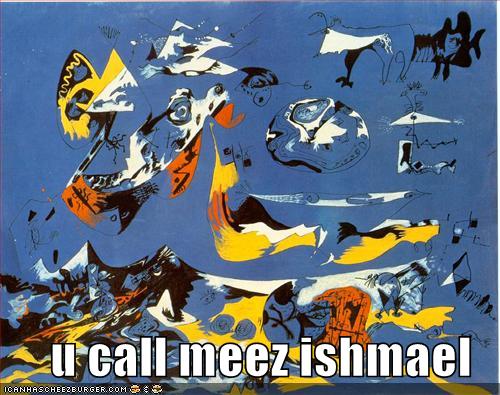2007 in Review
Well, it’s the new year, which is always a great time for navel gazing. So, looking back, here’s some stuff from 2007:
Places I’ve Slept: California: Poway, Venice, Santa Barbara, Isla Vista, Sacramento, San Francisco, Sunnyvale;
Central: Minneapolis, MN; Austin, TX;
South-East-ish: Memphis, TN; Philadelphia, PN;
Northeast: Lowell, MA; Montpelier, VT; Kittery Point, ME; Narragansett, RI; Portsmouth, NH;
If-you-want-to-be-anal: Alston, Brighton, Medford;
Best Purchase: new belt
Best Gift: new scarf via my birthday scarf party
Best Book: Lay of the Land by Richard Ford
Best Movie: Hawaii, Oslo
Best Album: At Home with Owen
Best Object: Zebra F-301 Pen (blue ink)
Best Transportation: new bike
Best Meal: Sweet Potato Sandwich and Kukicha Tea from Ula Cafe
Best Social Space: Delux Cafe
Best Personal Space: Harborwalk at Dorchester Bay
Best Achievement: this mouse I caught


